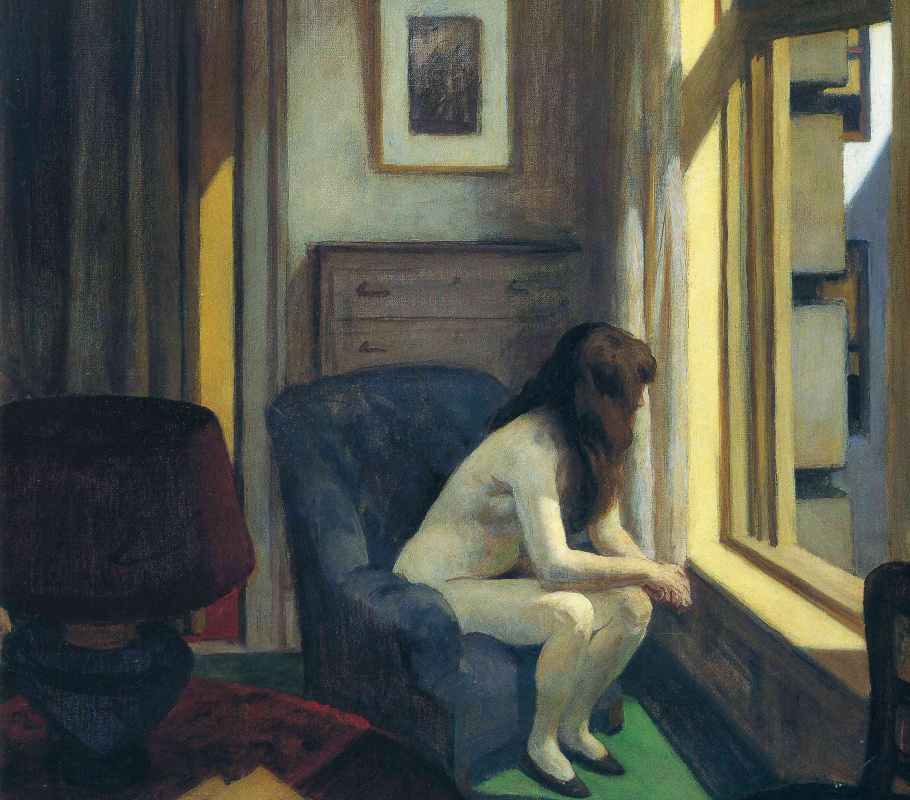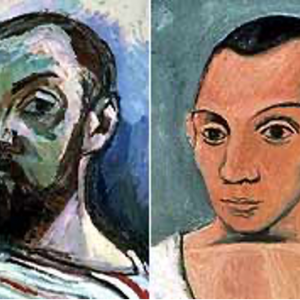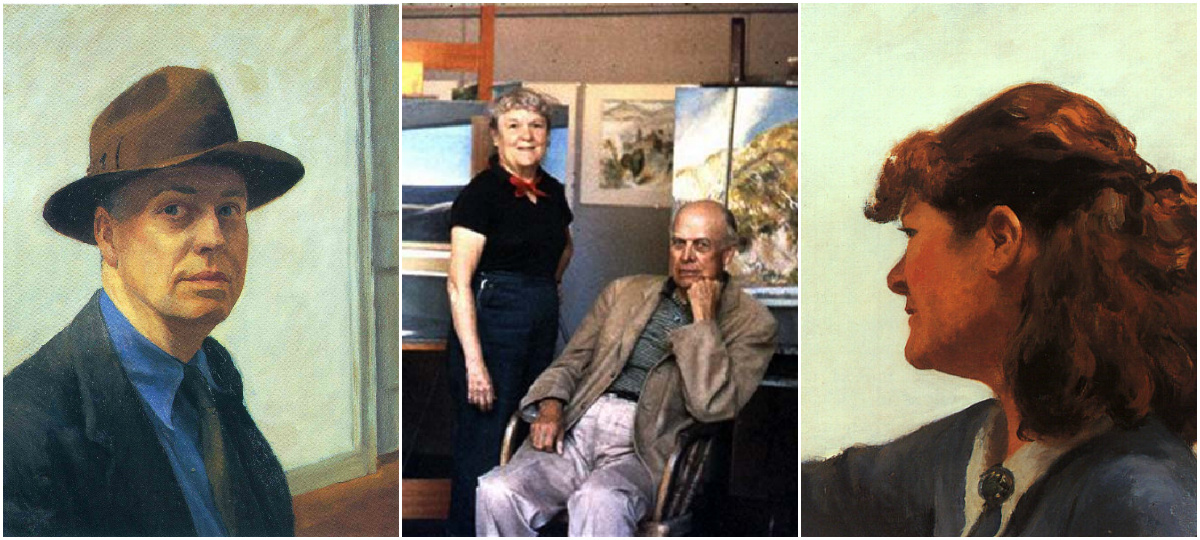
The love story of Edward Hopper and Josephine Nivison is one of contradictions – a passionate union that fueled artistic greatness but also obscured the individual talent of one partner. Despite the challenges and conflicts, their intertwined lives left an indelible mark on the art world, creating a narrative that goes beyond canvas and paint.
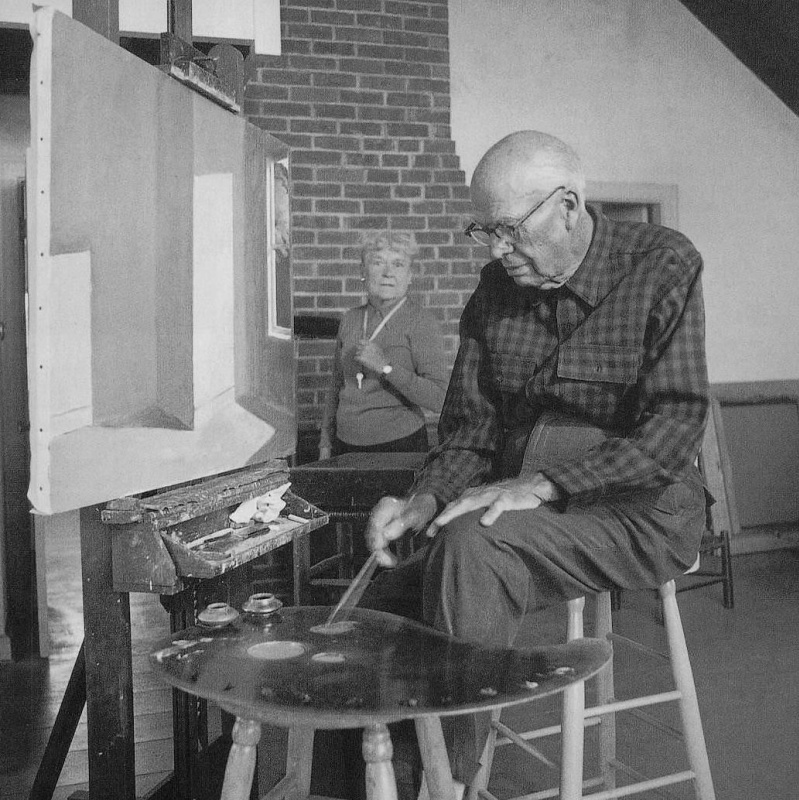
In 1924, at the age of 41, New Yorker Josephine (Jo) Nivison married Edward Hopper. Her diverse background included roles as a teacher, actor, and participation in New England art colonies. Jo was not only accomplished but a successful artist, featured alongside luminaries like Man Ray, Modigliani, and Picasso. This success allowed her to make a living by selling sketches to newspapers.
On the other hand, Edward Hopper faced artistic obscurity. Jo’s support came to the forefront when six of her watercolors were selected for an exhibition, leading to Hopper’s first painting sale in a decade. Over the following years, Hopper’s career soared while Jo’s declined, seemingly overshadowed by his success.
Jo’s presence in Hopper’s paintings became iconic, embodying various roles in lonely urban scenes. She was the constant female figure in Hopper’s depictions, from the sun-drenched lady in “Summertime” (1943) to the pensive usherette in “New York Movie” (1939). The Hoppers, living in a tiny Manhattan apartment, embodied the cliché of a tempestuous relationship, marked by violence, as noted in Jo’s diaries.
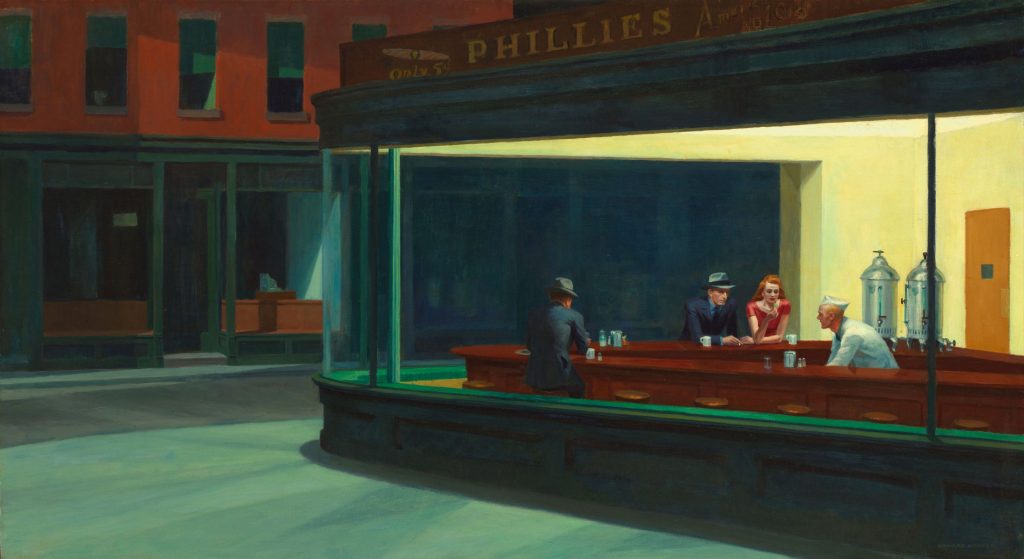
Despite the challenges, Jo played a crucial role behind the scenes, cataloging Hopper’s paintings and adding her own comments. She passed away in 1968, a year after her husband, and many of her paintings were initially thought lost. However, a recent acquisition by the Provincetown Art Association and Museum brought together 96 of Hopper’s works and 69 drawings and watercolors by Jo, showcasing their collected works for the first time.
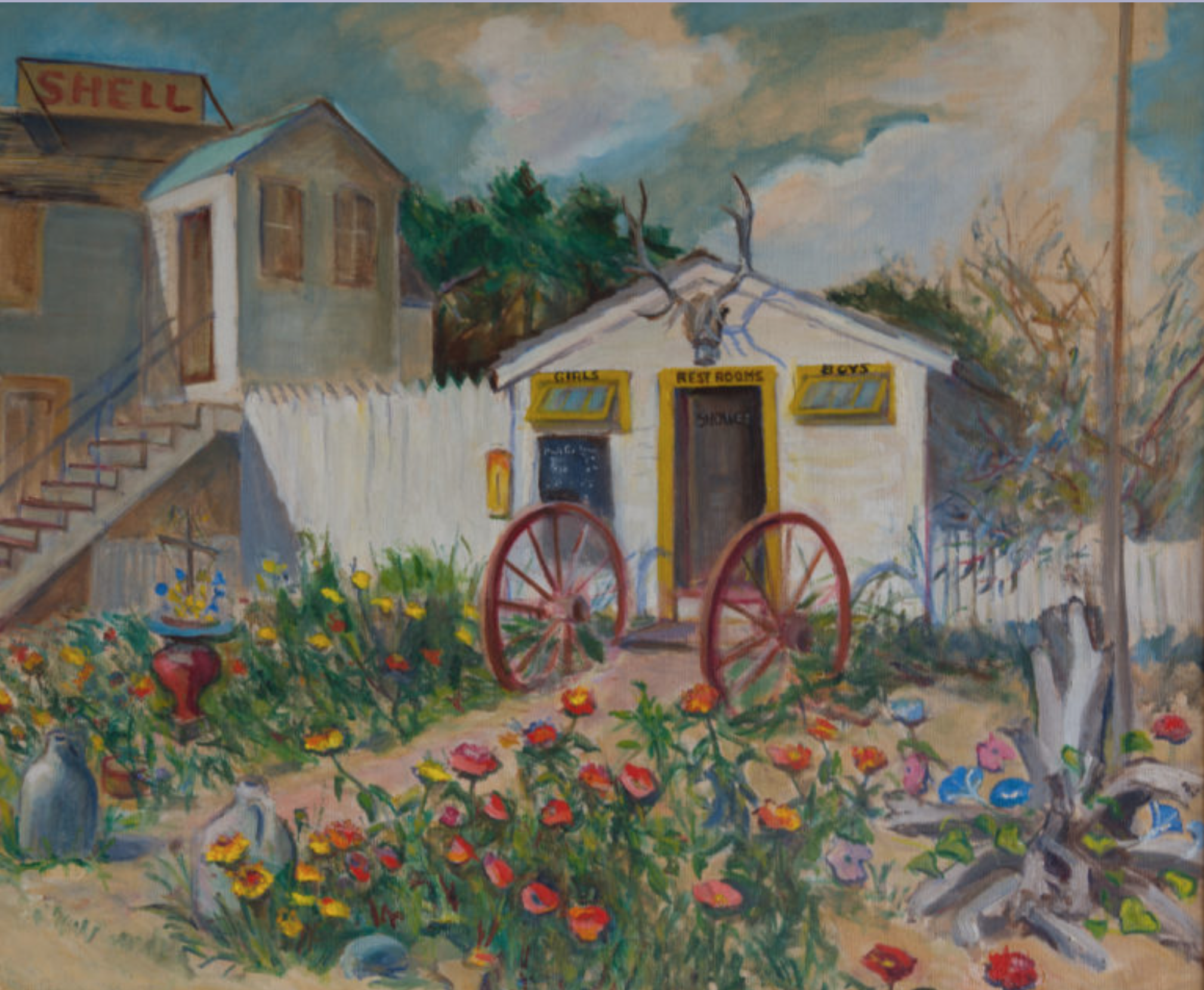
The love story of Edward Hopper and Josephine Nivison is a complex narrative, intertwining passion, creativity, and conflict. Their relationship, defined by a profound artistic connection, propelled Hopper’s career while casting a shadow over Nivison’s individual talents. Despite the challenges, their lives have left an indelible mark on the art world, transcending canvas and paint.

